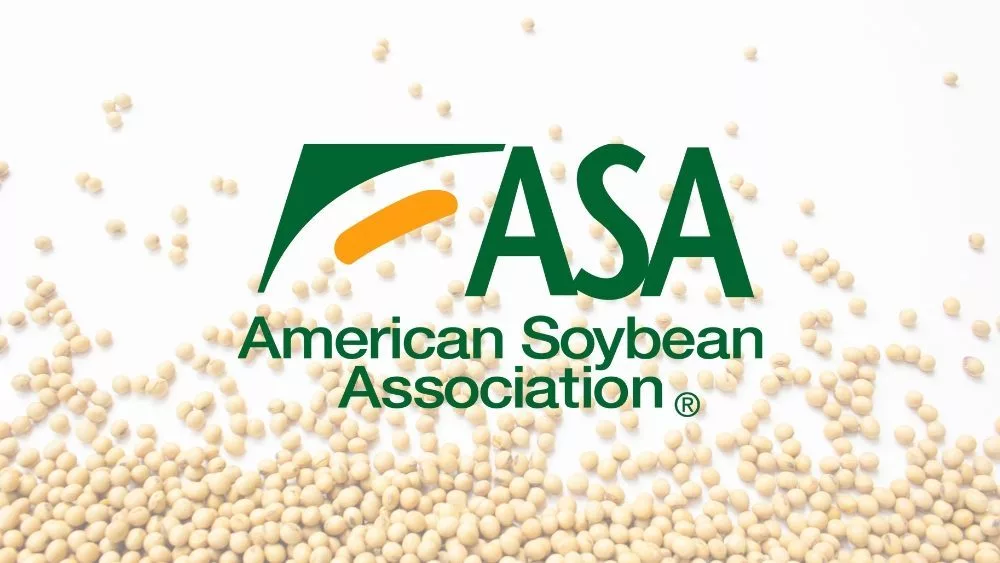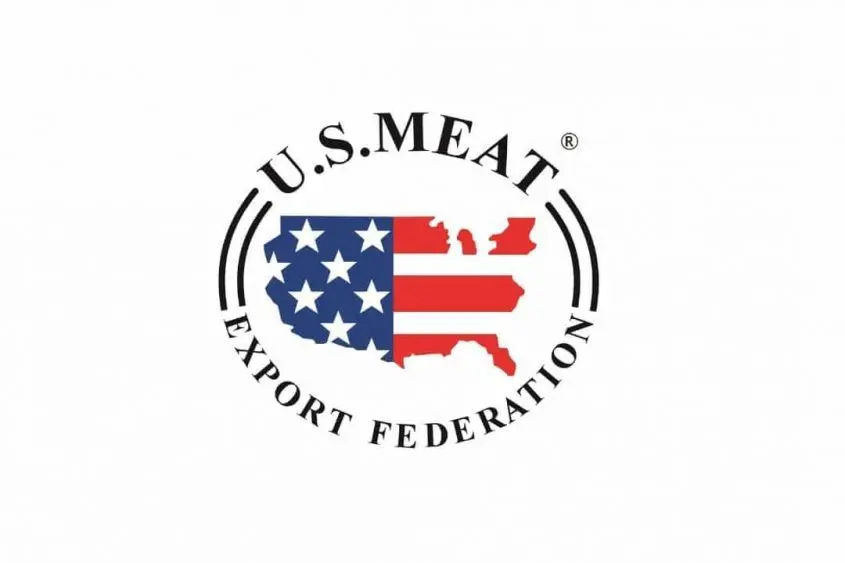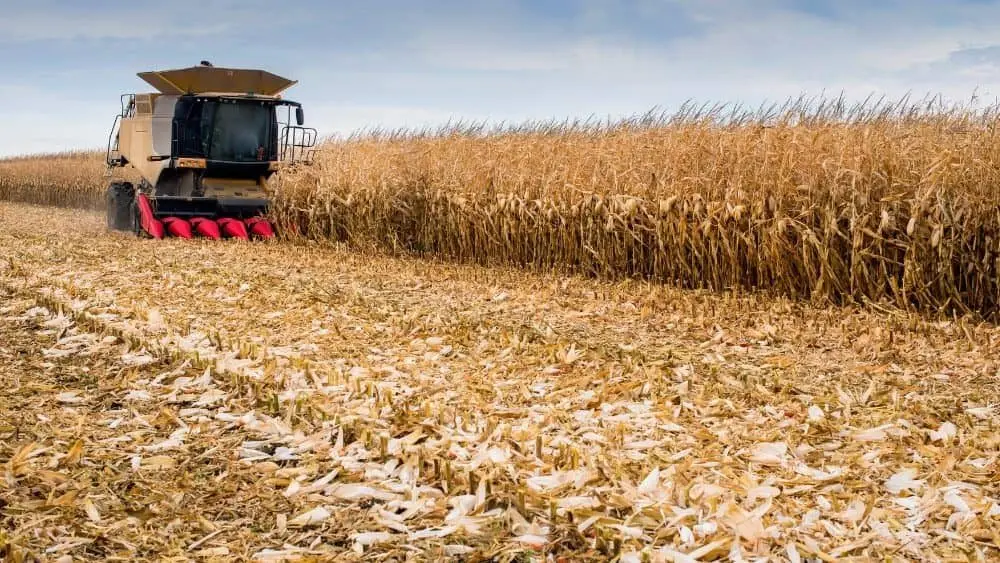
(Washington, D.C.) — “Our industry has been developing the Chinese market since 1982 when the U.S. soy industry opened an international marketing office in Beijing. To put that in perspective, that’s four years before I was born.” So began the testimony of Caleb Ragland, American Soybean Association president and soybean farmer from Magnolia, Kentucky, before the U.S. Senate Finance Committee in a hearing on Trade in Critical Supply Chains. Ragland was referencing the time and commitment it takes to build agricultural markets, and how right now China and other key relations for soy are being tested.
“The farm economy is in a much different place than it was during the first trade war, and we are very concerned that a prolonged trade war with our global trading partners will cause farmers to be forced out of business,” Ragland testified.
No line of supply is more “critical” for America’s soybean farmers than China, with China being soy’s #1 market. The trade relationship is also of critical economic impact for the U.S., with soy long being the country’s #1 agriculture export. The recent 90-day pause on the 155%* tariff rate on goods to China and temporary drop to 34%* do not alleviate the concerns of soy farmers, who are hoping further negotiations will quickly clear tariff and nontariff barriers.
“For U.S. soybean farmers, China’s demand for soybeans is greater than the rest of our foreign export markets combined, despite continuous efforts to diversify. There is simply no alternative that offsets China’s demand; globally, China is the largest market for oilseed exports, importing approximately 110 MMT, or 60% of global soybean trade. Its importance to U.S. soybean farmers cannot be overstated.”
Ragland explained the lasting consequences of the first China trade war that began in 2018, a tariff tête-à-tête that shut down soy’s market there immediately and, through the loss of a third of the demand for U.S. soybeans, has had residual and marked impacts.
“In marketing year 2017/2018, Brazil overtook the United States as the world’s largest producer of soybeans. As a result of the 2018 trade war and the incentives it provided to Brazil to significantly increase production, our industry now faces increasing competition with Brazil in every export market, not just China.”

So, what now? Current global supply chain challenges weigh heavy on farmers, with commodity prices down and costs for farm inputs such as fertilizer, pesticides, seed, equipment, etc., rising—in addition to the overt threat to market security posed by tariffs. Ragland pointed out the seed industry alone poses unique problems:
“The seed industry is truly a global industry, and seed can often cross borders six or seven times before it is planted by a U.S. farmer. Between research and development of new varieties, test plots in different climates, and counter-seasonal production, seed companies will be subject to additional tariffs each time those seeds cross the border and come into the U.S.”
Tariffs will also impact new machinery purchases and prices for new parts, in addition to adding burdensome delays to repair timelines due to supply chain disruptions.
“This perfect storm scenario will create additional challenges for farmers during planting and harvest season,” he said.
Ragland spoke of uncertainty surrounding maritime law and Chinese shipbuilding, a situation that has turned for the better recently but still poses credible concern. He also raised the recent threats to and uncertainty over USAID and Food for Peace, with the tenable future of foreign development assistance and aid programs having widespread impacts, including soy’s part in them.
Beyond this litany of concerns, Ragland talked about trade aid—what it means, and what farmers prefer. During the 2018 trade war, USDA created the Market Facilitation Program and later the Agricultural Trade Promotion program to provide some relief for producers: MFP provided ad hoc financial assistance to farmers and ranchers directly impacted by foreign retaliatory tariffs while ATP’s purpose was to help U.S. agricultural exporters develop new markets and mitigate the adverse effects of other countries’ tariff and non-tariff barriers.
“As ASA stated publicly in 2019 when the MFP was announced by USDA, it is important to note the key word in that program’s name is ‘facilitation.’ Trade assistance only facilitates growers’ ability to farm. It does not make their losses whole, or their tariff woes disappear long term. Trade assistance is a short-term solution for a trade war with long-term consequences. Farmers would prefer access to open, predictable and profitable markets rather than rely on government payments. That statement is just as true in 2025 as it was in 2019.”
Throughout, Ragland conveyed the soy industry’s appreciation of the administration and Congress hearing its concerns, considering them—and now more seriously seeking steps to alleviate the myriad dangers looming over soy’s head. He concluded with soy’s four top asks of the committee, which can be read in his full testimony here.
*Includes Most Favored Nation (MFN) and standard Value-Added Tax (VAT).



